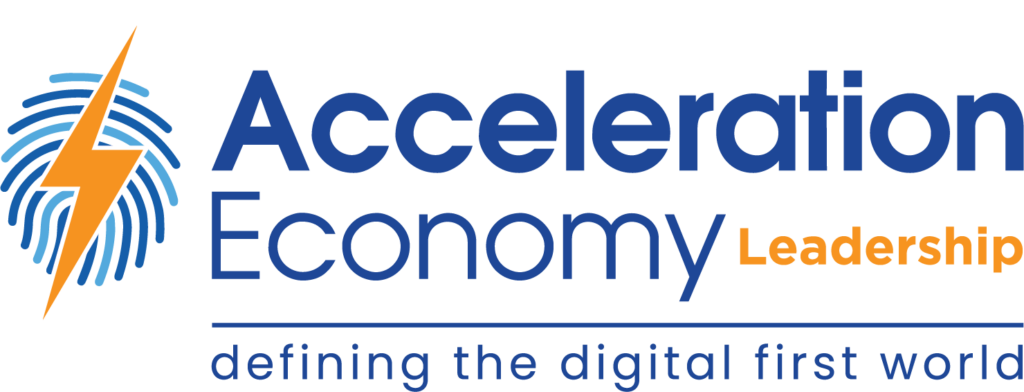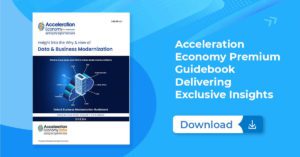In episode 80 of the Leadership Minute, Tony Uphoff explains why and how companies can better connect with customers, stay competitive, and ultimately drive growth by rethinking their go-to-market strategy for today’s digital-first world.
Highlights
00:24 — In the past, go-to-market strategies relied heavily on face-to-face interactions and linear step-by-step approaches. However, in today’s digital-first world, customers expect seamless, personalized experiences and instant access to information.
00:40 — “As CEOs, it’s essential that we stay ahead of the curve and adapt to the ever-evolving digital landscape,” says Tony. This includes the rising areas of e-commerce, mobile technologies, and social media, which have transformed the way that organizations reach and engage with customers. As such, rethinking go-to-market strategies is critical.
To hear practitioner and platform insights on how solutions such as ChatGPT will impact the future of work, customer experience, data strategy, and cybersecurity, make sure to register for your on-demand pass to Acceleration Economy’s Generative AI Digital Summit.
00:59 — Tony shares a framework to do just that. This includes embracing an omnichannel approach, leveraging technologies and processes to deliver a seamless customer journey.
01:20 — Bed, Bath & Beyond’s recent bankruptcy and closure is a case study of the need for companies to adapt to the digital-first world. The failure wasn’t in the retailer’s product offering or in-store service, but in its failure to adapt to changing customer expectations. Target and Walmart are examples of companies that successfully adapted their models.
02:04 — Also in Tony’s framework: Data analytics can provide insights into customer preferences, behaviors, and needs, allowing for personalized marketing campaigns and customized product recommendations. Social media offers an opportunity to engage directly with target audiences and build brand awareness, while influencer marketing can amplify reach and credibility.
02:56 — Adopting a test-and-learn mentality and pivoting strategies based on customer feedback and market trends is also essential. It’s important to challenge our biases, avoiding the assumption that adding more salespeople or training staff will unlock growth. Instead, Tony recommends prioritizing agility, innovation, and customer-centricity to remain competitive and drive growth in the acceleration economy.
Want more tech insights for the top execs? Visit the Leadership channel:











